
Dogs
Throughout the world, there are more than 400 purebred dogs. However, the American Kennel Club only recognizes and accepts breeds with a lineage, as well as those with an active breed group to perpetuate and develop the breed. For that reason, the AKC does not recognize many breeds. Once recognized by the AKC, the breed appears in the AKC Stud Book.
When the American Kennel Club was founded in 1884 (then called the Philadelphia Kennel Club), it haphazardly listed its original 29 different breeds. Breeds as different as the dachshund and the mastiff were lumped together on the list.
As the list of purebreds slowly grew, club officials realized they needed to organize the many different purebreds into distinct groups. In 1923, the AKC organized the breeds into five categories: Sporting Dogs (including hounds), Working Dogs, Toy Breeds, Terriers and Non-sporting Dogs. The breeds were placed in a specific category based on physical appearance, function and temperament.
Today, there are 163 breeds divided into eight categories: Sporting, Hound, Herding, Toy, Working, Terrier, Non-sporting and Miscellaneous.
Breeds belonging to the Working Breed group are typically large in size and devoted family members. As working dogs, these breeds are used to pull carts, guard property and search and rescue. Whether natural guardians and protectors or used for strength, these dogs love nothing better than having a job to do.
Dogs in the Working Breed group include:
Akita. One of the national dogs of Japan, the Akita is a dignified and courageous dog. A natural protector, the Akita is a large dog, weighing 80 to 100 pounds.
Alaskan malamute. One of the oldest breeds of sled dogs, the malamute is still used in the extreme north as the only reliable method of transportation. A large dog, the Malamute can weigh over 100 pounds.
Anatolian shepherd. Recently accepted by the AKC, the Anatolian shepherd has an intense devotion and loyalty to his family and flock. Considered one of the best guard dogs around, this dog is slowly gaining popularity in the United States.
Bernese mountain dog. At home on the farms of Switzerland, the Bernese mountain dog helps guide livestock and pull heavy loads. Now considered more of a companion, the Bernese is still a strong and powerful dog.
Black Russian terrier. Developed in Moscow, this breed has only been around since World War II. A cross between Rottweilers, giant schnauzers and Airedales, the black Russian terrier is a strong and tough dog.
Boxer. Despite his reputation as a sweet, loving dog, the boxer was previously used in the sport of dog fighting. Thankfully, that sport was banned and the boxer became an adored member of the family.
Bullmastiff. With a relatively recent history, the bullmastiff was a revered companion to the British games keeper. The large size and imposing appearance of this dog scared off many a potential poacher. Still considered an excellent guardian, the bullmastiff is a giant dog that can easily weigh over 120 pounds.
Doberman pinscher. The regal looking Dobie hails from Germany. A natural protector, the Doberman excels in guarding and police work.
Dogue of Bordeaux. Also known as the French mastiff, became popular in the United States after the movie "Turner and Hooch" was shown in the mid 1980s. Although still somewhat uncommon outside of France, this breed is strong and imposing but also a loving family member. The Dogue de Bordeaux was accepted into the working class in October of 2007.
German pinscher. Developed in Germany to hunt vermin, the German pinscher looks like a miniature pinscher but is actually more closely related to the schnauzer. As a medium sized dog, the German pinscher stands 17 to 20 inches at the shoulder.
Giant schnauzer. Unlike his smaller relatives, the giant schnauzer is a member of the Working group. Historically used to drive cattle and guard livestock, the giant schnauzer today can be found as a police dog, guard dog and faithful companion.
Great Dane. The symbol of a giant dog, the Great Dane has many fans throughout the world. Originally developed in Bavaria to hunt boar, the Great Dane of today rarely hunts and is usually found in the company of his family.
Great Pyrenees. A true shepherd dog, the Great Pyrenees has accompanied many sheep herders and was an invaluable asset when the sheep needed protection and direction. A great watchdog, his thick hair coat lead him to prefer the cooler parts of the world.
Greater Swiss mountain dog. As with the Bernese mountain dog, the Greater Swiss mountain dog hails from Switzerland. Originally used as a herding and draft dog, today the breed is more likely found protecting his family or pulling a wagon full of children.
Komondor. This mop head looking dog is considered an excellent sheep herding dog. Able to withstand the harsh Hungarian winters, the komondor is a strong dog that prefers the outdoor life.
Kuvasz. Similar to the Great Pyrenees, the Kuvasz is a large white dog used to herd and protect sheep. Originally from Tibet, this breed is considered more closely related to the Komondor than the Pyrenees.
Mastiff. This giant imposing dog can be rather intimidating. Previously used in dogfights and as a draft dog, the mastiff is a devoted and faithful family pet, willing to do whatever it takes to keep his family safe.
Neapolitan mastiff__. Loyal and protective, the Neapolitan is a great guard dog. If properly socialized and trained, this dog can do well as part of the family.
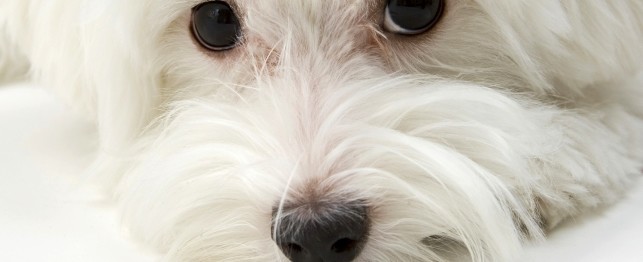 Top Lap Dogs – Breeds That Enjoy a Quiet Life
Top Lap Dogs – Breeds That Enjoy a Quiet Life
Top Lap Dogs – Breeds That Enjoy a Quiet Life
Top Lap Dogs – Breeds That Enjoy a Quiet Life
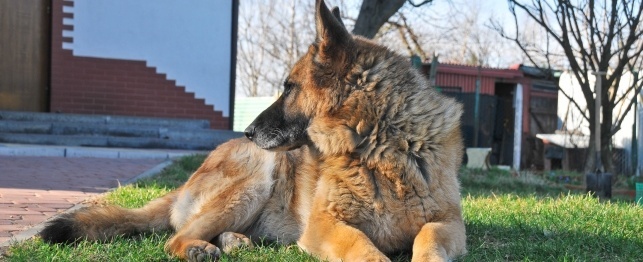 Breed-Specific Insurance Restrictions – Giving Good Dogs a Bad Name?
Breed-Specific Insurance Restrictions – Givin
Breed-Specific Insurance Restrictions – Giving Good Dogs a Bad Name?
Breed-Specific Insurance Restrictions – Givin
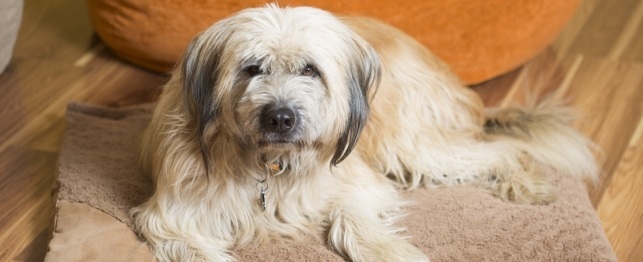 Want to Get a Dog? Here Are the Best Places to Find Them
Want to Get a Dog? Here Are the Best Places
Want to Get a Dog? Here Are the Best Places to Find Them
Want to Get a Dog? Here Are the Best Places
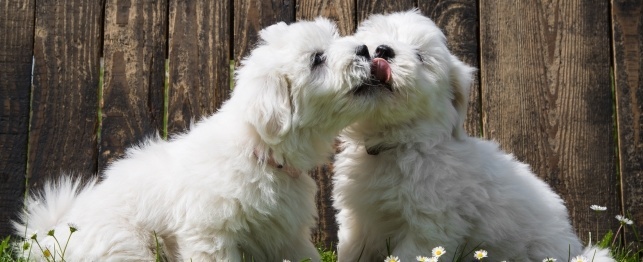 Which Dog Is Better: Male or Female?
Which Dog Is Better: Male or Female?
Which Dog Is Better: Male or Female?
Which Dog Is Better: Male or Female?
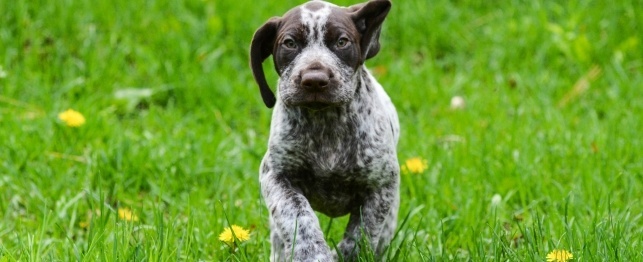 Here Comes the Puppy
Here Comes the Puppy
Here Comes the Puppy
Here Comes the Puppy
Copyright © 2005-2016 Pet Information All Rights Reserved
Contact us: www162date@outlook.com